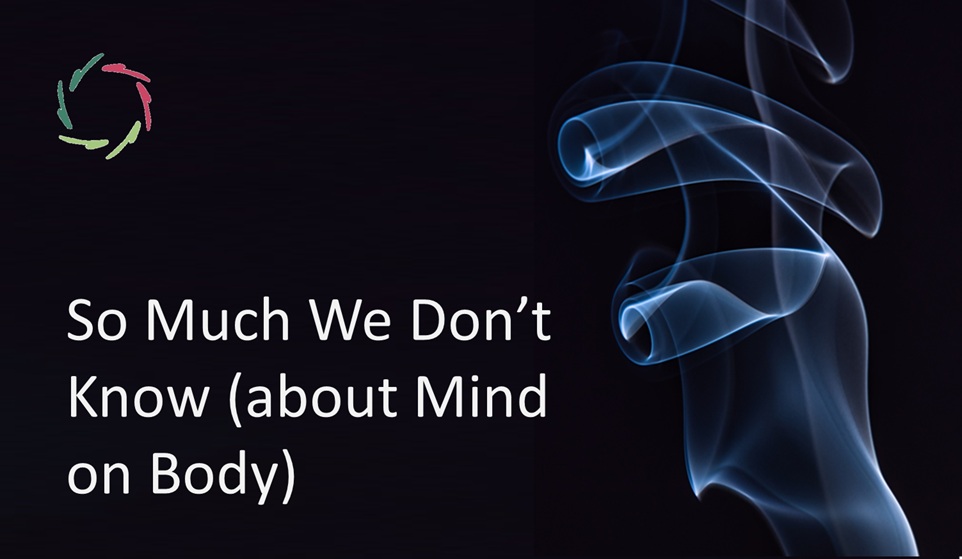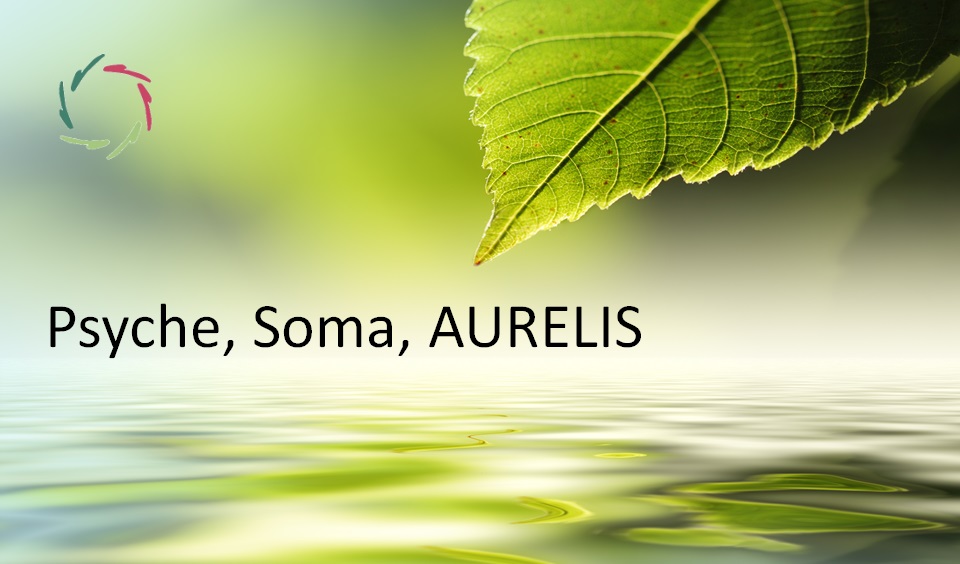Lisa’s Job in Numbers

Because Lisa is not data-driven but knowledge-driven, she doesn’t have a long and costly learning curve to tackle some new domain. Thus, she can play a role in many domains relatively quickly. How much of a ‘hell of a job’ is awaiting her?
This blog contains many numbers from trustworthy sources.
Global numbers
Around two-thirds of the global population is currently connected to the World Wide Web. The number of users is estimated to reach 7.3 billion users in 2029. In principle, therefore, Lisa can reach most people. Of course, in practice, we cannot bring Lisa to everyone’s attention. A project like DailyTwinkles may help, but even so.
As to languages and cultures, Lisa is very versatile. Already, the 20 topmost languages are no problem for Lisa. Within a few years, this number will increase sharply. As to different cultures, in view of a much bigger overlap in-depth than at the surface level and in view of Lisa’s increasing ability to self-accommodate, her theoretical global reach is bound to be immense.
Therefore, this blog mainly focuses on global numbers. Even so, the following is a gross underestimation of Lisa’s Compassionate job that aims to relieve suffering and heighten human growth. Here is (just) an overview of several problem domains ― with numbers. For psychosomatic diseases or where psychological influence is less known by the general public, I included a link to evidence.
For chronic illness, just some examples are included. Stress impacts most diseases. IHME fact sheets per disease, endorsed by The Lancet, can be found here.
Can Lisa influence all this?
Lisa’s ability to influence disorders with a psychological component lies in her foundation of autosuggestion and deeper mental-physical connections. By tapping into the deeper subconceptual processes, Lisa can help individuals influence their internal mental state, leading to positive changes in their overall well-being. This means reducing stress, anxiety, and negative thought patterns, which can have ripple effects on physical symptoms and disorders. Scientific evidence shows that mental states such as chronic stress or anxiety can directly affect the immune system, heart health, and even the body’s ability to heal.
Lisa’s role is particularly effective because she focuses on inner growth rather than treating symptoms superficially. She addresses mental root causes that co-drive these disorders, allowing for sustainable improvements in mental health and physical health alike. This opens a broad potential to influence a wide range of disorders.
Lisa’s adaptability allows her to meet the unique needs of individuals across a wide range of health conditions, cultures, and languages. She can be personalized to guide users based on their specific concerns—whether it’s managing chronic pain, alleviating anxiety, or promoting emotional resilience. This makes her a highly scalable solution that can evolve to support individuals globally, providing tailored care and understanding across different contexts.
Lisa doesn’t just focus on treating existing conditions; she can also be highly effective in preventing disorders with a psychological component. By helping individuals manage stress, regulate emotions, and develop healthier habits through autosuggestion, Lisa can reduce the risks of diseases like heart disease, diabetes, and mental health disorders before they fully manifest. This preventive approach could significantly decrease the global burden of these disorders over time, empowering individuals to live healthier lives.
Two examples
Alcohol abuse causes 3 million deaths each year. Lisa’s intervention can play a critical role by addressing the underlying psychological causes that lead to harmful behaviors like alcohol dependency. Through her focus on self-respect, inner growth, and freedom from coercion, Lisa offers individuals the chance to break free from addictive patterns. Her tools could potentially reduce not only alcohol-related deaths but also alleviate the emotional and social burdens that addiction places on families and communities.
Imagine an individual suffering from chronic pain who, through Lisa’s guidance, learns to manage emotional triggers that amplify their physical symptoms. By practicing autosuggestion and cultivating deeper self-awareness, they experience reduced pain levels and improved emotional well-being. Lisa’s approach not only addresses the pain but also helps the person gain inner strength and resilience, illustrating how her tools can create meaningful, lasting changes in real life.
The numbers
Mental health
In toto
- According to WHO, one in every eight people, or 970 million people around the world, lived with a mental disorder in 2019, with anxiety and depressive disorders the most common. [ref.] According to IHME, 1.1 billion people lived with some mental disorderin 2021. [ref.]
- Only 2.1% of government health expenditures globally are allocated to mental health, showing severe underfunding. Only 0.64 community-based mental health facilities exist per 100,000 population globally, indicating limited access to mental health services. [Mental Health Atlas 2020 – ref.]
Stress
- According to a 2021 Gallup survey, 41% of adults worldwide report experiencing high levels of stress. In comparison, Afghanistan has the highest stress level at 68%, and the U.S. follows closely at 53%. [ref.]
- 34% of U.S. adults report feeling that stress is overwhelming them on most days. [ref.]
Burnout
- For studies conducted during the non-pandemic period, the prevalence of burnout among the public health workforce globally is 35% (95% CI: 10–60%). [ref.]
- McKinsey & Company reported in a 2021 study that on average, one in four employees surveyed across various demographics and all over the world reported experiencing symptoms of burnout, per the Burnout Assessment Tool. [ref.]
- Gallup found a $8.9 trillion loss in global GDP due to low engagement globally, or 9% of global GDP. [ref.]
Anxiety disorders
- In 2019, 301 million people were living with anxiety disorders, including 58 million children and adolescents. [ref.]
Depression
- In 2019, 280 million people were living with depression, including 23 million children and adolescents. [ref.]
- In 2019, 40 million people experienced bipolar disorder. [ref.]
- Only 16.5% of people with major depressive disorder globally received minimally adequate treatment. [Mental Health Atlas 2020 – ref.]
Behavioral and lifestyle issues
Eating disorders
- In 2019, 14 million people suffered from anorexia, bulimia, and related issues including almost 3 million children and adolescents [ref.]
Obesity
- “Rates of overweight and obesity continue to grow in adults and children. From 1990 to 2022, the percentage of children and adolescents aged 5–19 years living with obesity increased four-fold from 2% to 8% globally, while the percentage of adults 18 years of age and older living with obesity more than doubled from 7% to 16%.” [ref.]
Alcoholism
- Harmful alcohol use resulted in approximately 3 million deaths worldwide in 2016, which accounts for 5.3% of all deaths. It also contributed to 132.6 million disability-adjusted life years (DALYs), or 5.1% of all DALYs globally. [Global status report on alcohol and health 2018 – ref.]
- More than a quarter (26.5%) of all 15–19-year-olds are current drinkers, amounting to approximately 155 million adolescents globally. Additionally, the prevalence of heavy episodic drinking (HED) globally was 18.2% in 2016. [Global status report on alcohol and health 2018 – ref.]
Opioid abuse
- 16.2 million people suffered from opioid use disorder globally in 2021. [ref.]
- Worldwide, in 2019, about 600.000 deaths were attributable to drug use. Close to 80% of these deaths are related to opioids, with about 25% of those deaths caused by opioid overdose. [ref.] Synthetic opioids, primarily fentanyl, were involved in over 70,000 of overdose deaths in the US. [ref.]
Chronic illnesses
Asthma (see evidence)
- Asthma affected an estimated 262 million people globally in 2019 and caused 455.000 deaths, mostly in low- and lower-middle-income countries. [ref.].
Chronic pain (see evidence)
- Chronic pain affects 1.5 billion people globally, leading to immense physical and emotional suffering while costing the global economy trillions yearly. [ref.]
Multiple sclerosis (see evidence)
- It is estimated that over 1.8 million people have MS worldwide, and it is more common in young adults. [ref.]
Angor pectoris / heart infarction (see evidence)
- In 2019, ischaemic heart disease caused 9.1 million deaths globally. [World Heart Report 2023, ref.]
Cancer of the prostate (see evidence)
- This is one of the cancers with the highest cancer-related mortality in the US (30.000 yearly), Europe (85.000 yearly), and worldwide (300.000 yearly, expected to rise to 500.000 by 2030). [ref.]
Allergies (see evidence)
- Allergic diseases are affecting the lives of more than one billion people worldwide in 2014. With an epidemic rise during the last 60 years, their prevalence is expected to reach up to 4 billion in the 2050s. [ref.]
Diabetes (see evidence)
- About 422 million people worldwide have diabetes, the majority living in low-and middle-income countries, and 1.5 million deaths are directly attributed to diabetes each year. [ref.]
Rheumatoid arthritis (see evidence)
- RA affected 17.9 million people worldwide in 2019. 13 million people with rheumatoid arthritis experienced severity levels (moderate or severe) that could benefit from rehabilitation. [ref.]
Inflammatory bowel diseases (Crohn, ulcerative colitis ― see evidence)
- In 2019, there were approximately 4.9 million cases of IBD worldwide, with China and the USA having the highest number of cases (911 405 and 762 890) [ref.]
Irritable bowel syndrome (see evidence)
- The prevalence of IBS varies across different countries and populations, with estimates ranging from 7.3% to 11.2% globally. [ref.]
Psoriasis (see evidence)
- An estimated 60 million people have psoriasis worldwide. In adults, the prevalence of psoriasis varies between 0.17% in East Asia to 2.50% in Western Europe. [ref.]
Atopic dermatitis (see evidence)
- Around 101.27 million adults and 102.78 million children worldwide have AD. [ref.]
Infertility (see evidence)
- “Around 17.5% of the adult population – roughly 1 in 6 worldwide – experience infertility, showing the urgent need to increase access to affordable, high-quality fertility care for those in need.” [ref.]
Parkinson (see evidence)
- Parkinson’s disease (PD) is a neurological disorder that affects more than one million people in the U.S. ― nearly 90,000 new cases each year, and with a total yearly cost of over $60 billion. [ref.]
Tuberculosis (see evidence)
- In 2022, an estimated 10.6 million people fell ill with tuberculosis (TB) worldwide, including 1.3 million children. A total of 1.3 million people died from TB in 2022. Multidrug-resistant TB (MDR-TB) remains a public health crisis and a health security threat. [ref.]
HIV (AIDS) progression (see evidence)
- Globally, 39.9 million [36.1–44.6 million] people were living with HIV at the end of 2023, and 630.000 died of HIV-related illnesses worldwide in 2023. [ref.]
- Note: Several other viral infections are influenced by stress in their progression to further morbidity and mortality ― see same evidence page. This makes Lisa a probably crucial element in Pandemic Preparedness.


